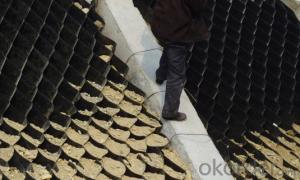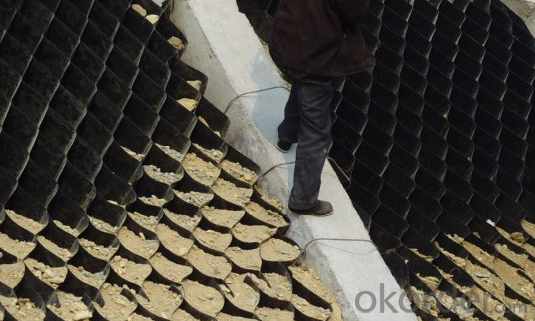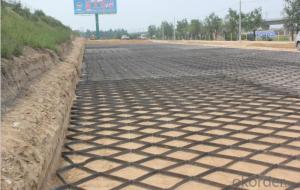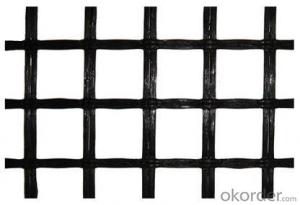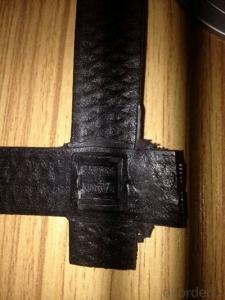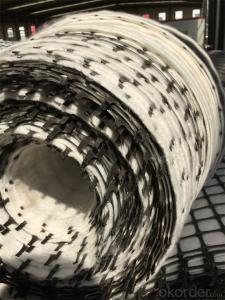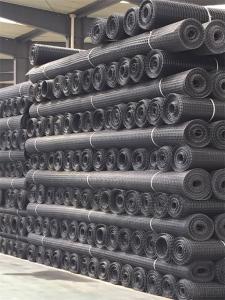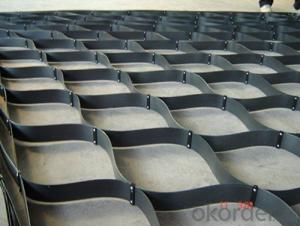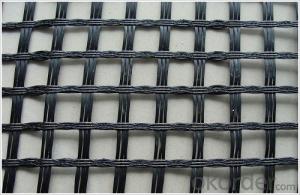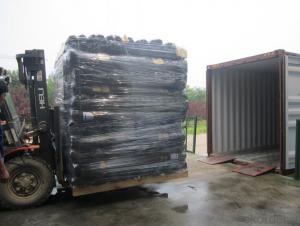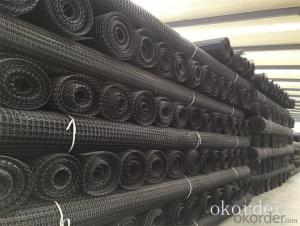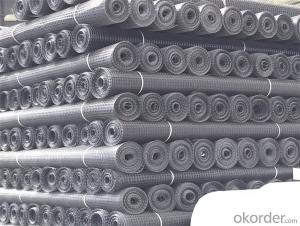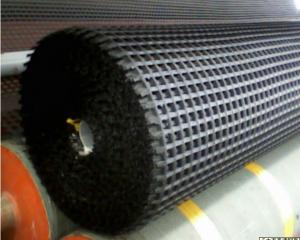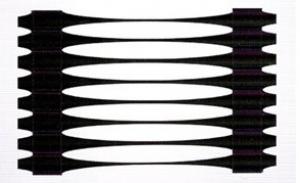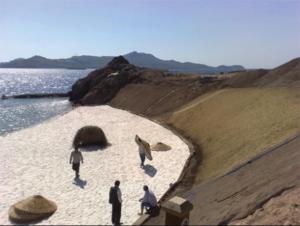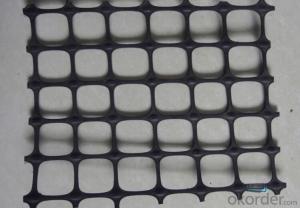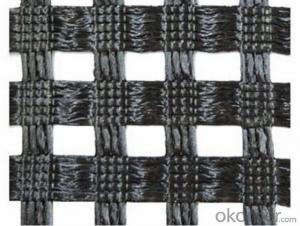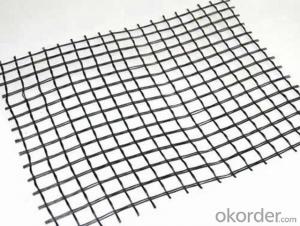Soil Reinforcement Geogrids - Steel Reinforced Geocell for Soft Soil Foundation Treatment
- Loading Port:
- Tianjin
- Payment Terms:
- TT OR LC
- Min Order Qty:
- 1000 m²
- Supply Capability:
- 1900000 m²/month
OKorder Service Pledge
OKorder Financial Service
You Might Also Like
The description of Steel Reinforced Geocell for Reforcement treatment for soft soil foundation and steep slope protection highway airport desert mountain and swamp land
Steel reinforced geocell is made by double braided plug-in plug connecting high strength thermoplastic sheets, tensile strength of sheets and tensile strength of welding points is consistent, formed a integrated geocell, fully applied the stereoscopic reinforced effect of geocell.
Specification of Steel Reinforced Geocell for Reforcement treatment for soft soil foundation and steep slope protection highway airport desert mountain and swamp land
TG LG5. TG LG8. TG LGIO. TG LG15. TGLG20 ( cm )

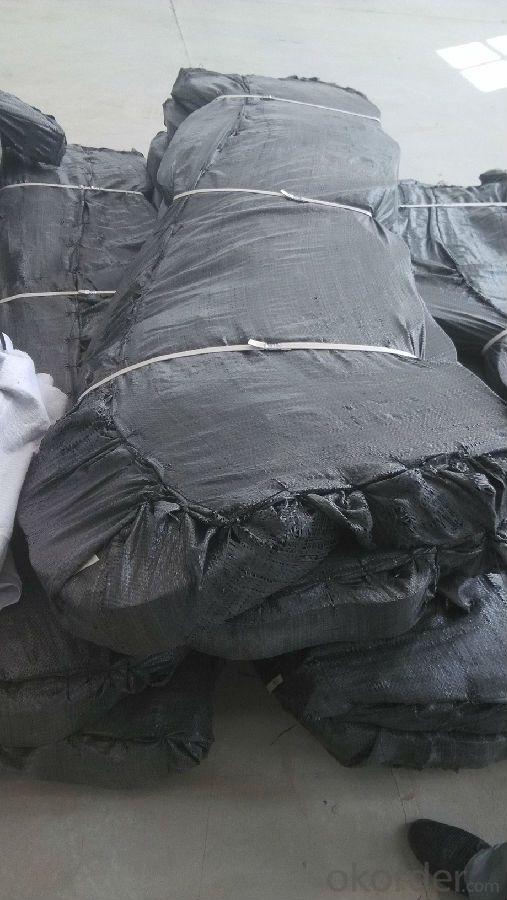
Property of Steel Reinforced Geocell for Reforcement treatment for soft soil foundation and steep slope protection highway airport desert mountain and swamp land
I. Retractile, foldable when transportation, pulled to network when construction, fill in the soil, gravel, concrete etc. Loose materials, form one structu re with strong lateral limitations and high stiffness
2. Material is light, abrasion resistance, chemical properties stable, resist photooxidation aging, acid and alkali resistant, suitable for different soil and soil conditions, such as desert
3. Good lateral restrict and prevent slippery, prevent deformation, effectively enhance the bearing capacity of subgrade and dispersed loads function
4. The geocell height and welding dista nce etc. Geometric dimensions are all changeable in order to meet the requirements of different projects
5. Capable and easily be expanded or contracted, small size for transportation, easy for connect and construction speed is fast
Application of Steel Reinforced Geocell for Reforcement treatment for soft soil foundation and steep slope protection highway airport desert mountain and swamp land
Reinforcement treatment for soft soil foundation and steep slope protection, used in highway,
Railway, airport, wharf, especially in airslaked mountain, desert and swamp land etc.
Area |
|
Hydraulic | Lagooning and Water Treatment, Ornamental Ponds, Golf Courses Aquaculture and Desalination Water LagoonsTanks, Reservoirs, Liquid WasteFloating Cover SolutionsDrainage and FiltrationShading Cover Solutions |
Environment | Tailing ponds, Leach mining,Landfills,Landfill Capping,Protection against corrosion,Vertical Barriers |
Civil Works | Erosion Control, Secondary Containment, Tunnels,Linear and Surface Works,Consolidation of Margins,Soil Reinforcement,Soil Separation. |
Building | Parkings,Roofing,Soundproofing building |
- Q: How to connect two-way geogrid
- Lap longitudinal 15cm - 20cm
- Q: How do geogrids improve the stability of cut slopes?
- Geogrids improve the stability of cut slopes by providing reinforcement and increasing the strength of the soil. They act as a barrier to prevent soil erosion and sliding, distributing the load across a wider area. This helps to reduce slope movement and maintain the integrity of the slope, ultimately improving its stability.
- Q: What is the effect of junction strength on geogrid performance?
- The effect of junction strength on geogrid performance is significant. A stronger junction ensures better interlocking and connection between the geogrid's components, leading to enhanced load distribution and resistance against installation stress and long-term deformation. It allows the geogrid to effectively restrain and stabilize the soil, improving overall geotechnical performance and longevity.
- Q: Definition of GeotextilesWhat are what material, what role
- The nonwoven geotextile is composed of at least two sets of parallel yarns (or flat), along with a group of loom (fabric longitudinal direction) called warp, another group called weft. Lateral arrangement with different preparation of weaving equipment and process of warp and weft interwoven with woven cloth like. According to the different scope woven into different thickness and density, generally the nonwoven geotextile thin longitudinal tensile strength is very strong (latitude, longitude is greater than) has good stability properties. The nonwoven geotextile according to the knitting technology and use the latitude is divided into different geosynthetic cloth and reinforced geotextile two categories, reinforced geotextile warp tensile strength is far greater than the ordinary geotextile. The nonwoven geotextile general application and geotechnical engineering project reinforcement, the main function is reinforced, with planar isolation and protection function, not out The plane drainage function can be selected according to the specific purpose
- Q: Are geogrids suitable for use in mine tailings containment?
- Yes, geogrids are suitable for use in mine tailings containment. Geogrids are high-strength, durable materials that can effectively stabilize and reinforce soil or rock structures. They can be used to create stable walls, slopes, or liners in tailings containment areas, helping to prevent erosion, control flow, and enhance the overall stability of the containment system.
- Q: What is the difference between Geogrid and geogrid
- A series of three dimensional mesh or a three-dimensional grid screen with a certain height, which is made of thermoplastic polymers, such as vinyl chloride, is used as a civil engineering. Engineering applications: highway, railway, bridge, road, pier, dam, slag field, such as soft soil foundation reinforcement, retaining wall and pavement crack resistance engineering and other fields. Glass fiber mesh used in exterior wall, interior wall paint, mainly to prevent cracking, different materials at the junction of mortar plastering material hollowing. Local node reinforcement will also be used
- Q: Are geogrids effective in reducing differential settlement?
- Yes, geogrids are effective in reducing differential settlement. Geogrids are engineered materials that provide reinforcement and stabilization to soil. By distributing loads more evenly and improving soil strength, geogrids help mitigate differential settlement, which occurs when different areas of soil settle at different rates.
- Q: Are there any design guidelines for using geogrids in reinforcement applications?
- Yes, there are design guidelines available for using geogrids in reinforcement applications. These guidelines provide recommendations for selecting the appropriate geogrid type, determining the required strength and stiffness properties, and specifying the proper installation methods. The guidelines also outline factors such as soil characteristics, loading conditions, and project requirements that need to be considered in the design process. Adhering to these guidelines ensures the effective and efficient use of geogrids in reinforcement applications.
- Q: How do geogrids enhance the performance of flexible retaining structures?
- Geogrids enhance the performance of flexible retaining structures by providing reinforcement and stability. They increase the strength and load-bearing capacity of the soil, preventing excessive movement and deformation. Geogrids also distribute the applied forces more uniformly, reducing the risk of localized failure. Additionally, they improve the overall durability and longevity of the retaining structure by mitigating the effects of soil erosion and settling.
- Q: What are the properties and characteristics of geogrids?
- Geogrids are synthetic materials made from polymers, typically high-density polyethylene (HDPE) or polyester, that possess a unique set of properties and characteristics. These include high tensile strength, low elongation, and excellent resistance to chemical degradation and biological attack. Geogrids also have a high modulus of elasticity, which allows them to distribute stress and improve the load-bearing capacity of soils and aggregates. They are typically lightweight and easy to handle, making them convenient for construction applications. Geogrids exhibit excellent dimensional stability and resistance to creep, ensuring their long-term effectiveness. They are also resistant to UV degradation and have a long design life. Overall, geogrids are versatile materials that provide reinforcement, stabilization, and confinement in various civil engineering projects, such as road construction, slope stabilization, and erosion control.
Send your message to us
Soil Reinforcement Geogrids - Steel Reinforced Geocell for Soft Soil Foundation Treatment
- Loading Port:
- Tianjin
- Payment Terms:
- TT OR LC
- Min Order Qty:
- 1000 m²
- Supply Capability:
- 1900000 m²/month
OKorder Service Pledge
OKorder Financial Service
Similar products
Hot products
Hot Searches
Related keywords
